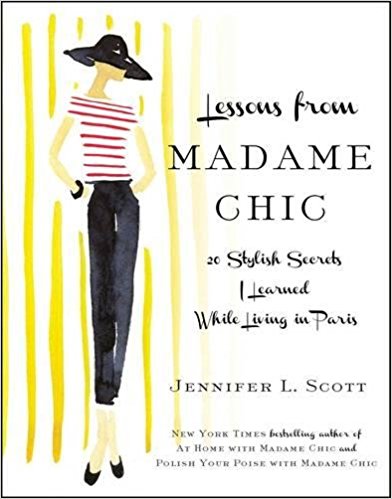 You can’t accuse me of a boring consistency in the books I write about on this blog. Last week’s book had a gun on the cover and talked about the logistics of killing someone; this week’s tells you why you should dress, eat and indeed live like an elegant Frenchwoman. (Note to guys reading this: the rest of February’s books are also going to be pretty female-centric. Fine with me if you want to read the blogs or the books themselves. I’m just a-sayin’.)
You can’t accuse me of a boring consistency in the books I write about on this blog. Last week’s book had a gun on the cover and talked about the logistics of killing someone; this week’s tells you why you should dress, eat and indeed live like an elegant Frenchwoman. (Note to guys reading this: the rest of February’s books are also going to be pretty female-centric. Fine with me if you want to read the blogs or the books themselves. I’m just a-sayin’.)
I can’t quite remember why or how I ran across this book, although I do know that I actually bought it, a rarity for me. It was enjoyable and, I thought at the time, pretty lightweight, one of many memoirs about Americans going to France and finding out what they’ve been missing.
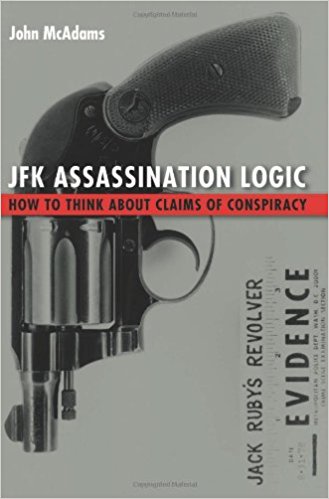
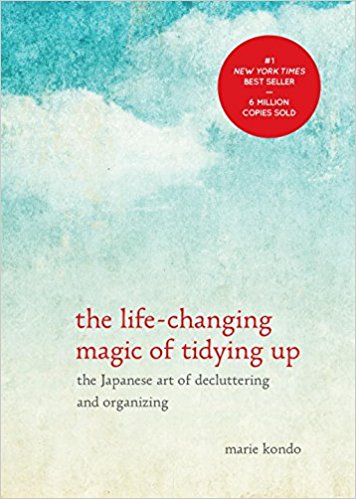
 . . . added to my happiness.
. . . added to my happiness.
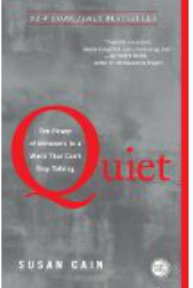 Quiet: The Power of Introverts in a World That Can’t Stop Talking by Susan Cain, New York: Crown Publishers, 2012.
Quiet: The Power of Introverts in a World That Can’t Stop Talking by Susan Cain, New York: Crown Publishers, 2012.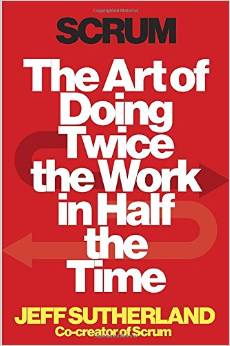 Scrum: The Art of Doing Twice the Work in Half the Time by Jeff Sutherland, Crown Business, New York, 2014.
Scrum: The Art of Doing Twice the Work in Half the Time by Jeff Sutherland, Crown Business, New York, 2014.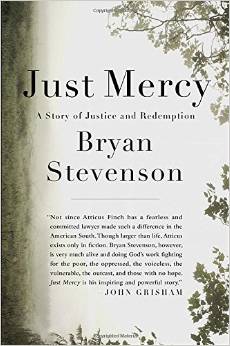 Just Mercy: A story of Justice and Redemption by Bryan Stevenson, Spiegel & Grau, 2014.
Just Mercy: A story of Justice and Redemption by Bryan Stevenson, Spiegel & Grau, 2014.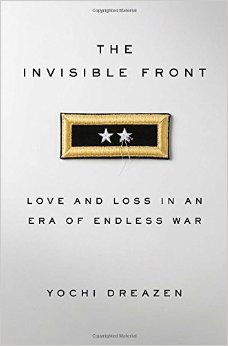 The Invisible Front: Love and Loss in an Era of Endless War by Yochi Dreazen, Crown Publishers, 2014.
The Invisible Front: Love and Loss in an Era of Endless War by Yochi Dreazen, Crown Publishers, 2014.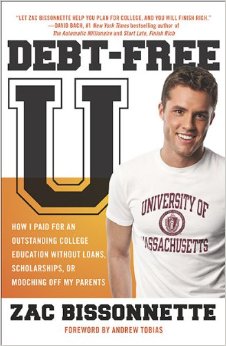 Debt-Free U: How I Paid for an Outstanding College Education Without Loans, Scholarships, or Mooching Off My Parents by Zac Bissonnette, Portfolio/Penguin 2010.
Debt-Free U: How I Paid for an Outstanding College Education Without Loans, Scholarships, or Mooching Off My Parents by Zac Bissonnette, Portfolio/Penguin 2010.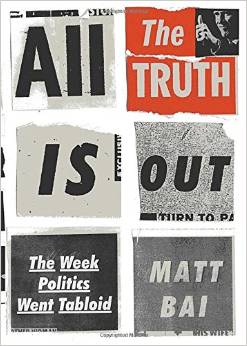 All the Truth Is Out: The Week Politics Went Tabloid by Matt Bai, Alfred A Knopf, 2014.
All the Truth Is Out: The Week Politics Went Tabloid by Matt Bai, Alfred A Knopf, 2014.